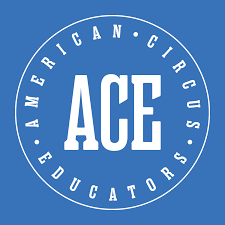This blog is about how popular novels can and do move the general public’s assumption of What Is Okay forward in wonderful ways—in other words, you can stop hatin’ on chick books as an auto-response and look a little deeper to find the forces making slow but big changes in how women perceive themselves and are perceived by others. Yup, I am about say that romance novels are important.
The idea for this blog came to me as I had just finished narrating the wonderful romance by Joan Reeves, “The Trouble with Love” (shameless plug—it’s available at Audible Inc) and became aware that it was the anniversary of Edward L. Stratemeyer’s birth. Now, my brain is filled with monkeys playing with Rubik’s cubes, so these two events kept moving themselves around in my head, looking for connection, until it all clicked—prime examples of progressing the idea of What Women are Allowed to Want.
In 1930, Edward Stratemeyer created Nancy Drew and her gang. Three high school girls, one a tomboy, were smart enough and 
Many modern Romance Writers are doing the same thing. Using a seemingly innocuous literary form, they have female characters do and think and believe things that are just outside of what we, as women, are supposed to do and think and believe, and progress our sense of what we are allowed to expect. I have just finished recording a second novel by Joan Reeves, “Old Enough to Know Better”. The main female character is about to turn 50 (!!!) and believes that she has passed the point of finding someone who will love her  for who she is. Her experience with men has led her to believe that none of them can really mean it when they say “I love you,” and that once middle-age hits, the chances are nearly zero that they’ll even want to lie about it. Sure, the book is about her finding love. More importantly, it’s about women being allowed to be themselves and learning to love themselves for who they are and where they are in life, rejoicing in their sexiness and affirming that is is a good thing to want joy, tenderness, and pleasure and to reach for and require those things.
for who she is. Her experience with men has led her to believe that none of them can really mean it when they say “I love you,” and that once middle-age hits, the chances are nearly zero that they’ll even want to lie about it. Sure, the book is about her finding love. More importantly, it’s about women being allowed to be themselves and learning to love themselves for who they are and where they are in life, rejoicing in their sexiness and affirming that is is a good thing to want joy, tenderness, and pleasure and to reach for and require those things.
Men, this may sound like a no-brainer or a non-victory. Women are pressured to be prettier or dumber or both, and to not to demand too much from their relationships, especially if they are over 30 or have kids or are too pretty or or or….you name it.
I am not saying “all men, all women, all the time”. I am saying that the impact of these social pressures is huge, and the wonderful, secret, slow spread of wanting and being more is propagated by these romance novels, and making “more” the norm.






